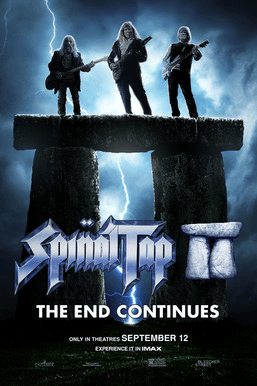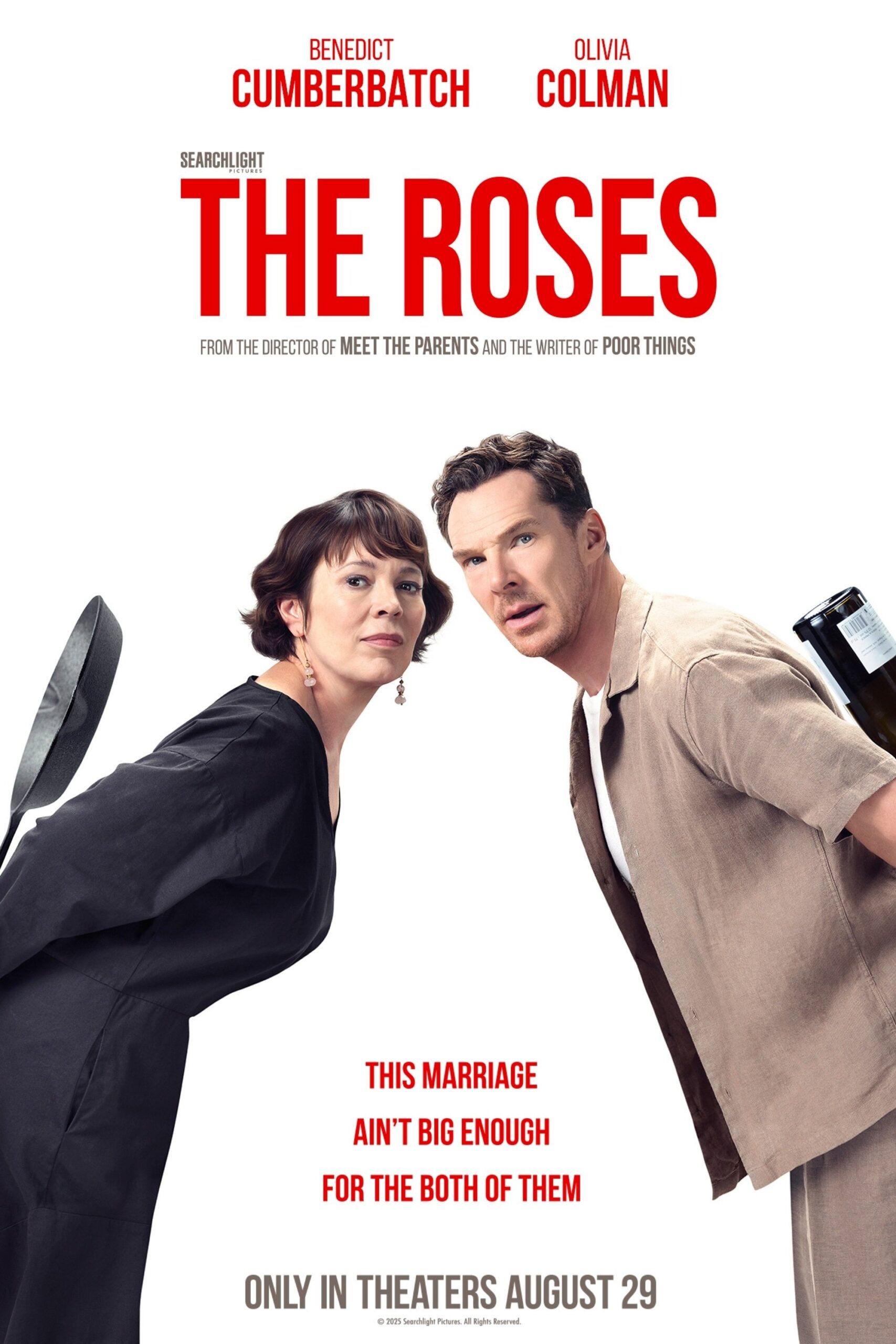Spinal Tap II: The End Continues
Posted on September 11, 2025 at 5:17 pm
B +| Lowest Recommended Age: | High School |
| MPAA Rating: | Rated R for language and some sexual references |
| Profanity: | Strong and crude language |
| Alcohol/ Drugs: | Alcohol |
| Violence/ Scariness: | Comic peril and violence |
| Diversity Issues: | None |
| Date Released to Theaters: | September 12, 2025 |

Remember that iconic moment in “Amadeus” when Salieri composes a simple little piece in honor of Mozart’s arrival, and then, the greatest composer of all time, only 25 years old and incapable of imagining Salieri’s bitter jealousy, sits down to play the piece and cannot help turning it into something magical. I could not help thinking of that moment when the real-life Sir Paul McCartney, after a flawless faux interview where he, seemingly sincere, describes a very crude lyric from one of fictional metal group Spinal Tap’s songs as “lit-ra-tchure.” It is followed by the genuine look on his face when he struggles to appear to enjoy their rehearsal performance. Then he sits down at a piano to show them some suggested tweaks, which they immediately reject.
I did not expect a sequel to exceed or even meet the level of the original Spinal Tap movie, which ushered in the era of the mockumentary and remains, to my mind, in the top ten funniest and most quotable feature films of all time. But whether you are a fan who has seen the original multiple times or are coming to these characters with no preconceived notions (but come on, watch the original!), you will have a lot of fun at this one, like the first a take that perfectly balances comedy with authenticity down to the details and a deep, unqualified affection for the souls who just want to share their music with an audience. Hey, Ozzie Osborne said he didn’t laugh at the original because it was too close to the truth.
I’m not going to spoil the surprises, the visits with characters from the first film and cameos from real-life legends. I’ll just say that it is extremely funny and point out that on the poster the number 2 is represented by a close-up of one of the megaliths from Stonehenge.
“The End Continues” begins with the classic premise: getting the band back together. They have not spoken in years and all seem settled with projects they like. But when the daughter of their late manager discovers that she has inherited their contract, she books them for one last performance, in New Orleans.
As fans well know, the band has lost a number of drummers over the years, apparently 11 of them, so one of their first tasks, after three star drummers turn them down, is to audition prospects, find one brave enough to take the job (Valerie Franco) and then rehearse to get ready for the show.
That’s pretty much it, but we do not need anything else except to revisit some of our favorite moments from the first film. It’s great fun to get a reprise of “Listen to the Flower People,” and yes, Nigel Tufnel (Christopher Guest) is still captivated by the possibilities of music technology. I hope the end does continue forever. Rock on, Nigel, David, and Derek, rock on!
Parent should know that this film has strong language, crude humor, sexual references, and bawdy lyrics.
Family discussion: What do the occupations of the musicians at the beginning of the film tell us about them? What real-life musicians do they resemble?
If you like this, try: the Christopher Guest films featuring many of these performers, including “Waiting for Guffman,” “Best in Show,” and “A Mighty Wind”






